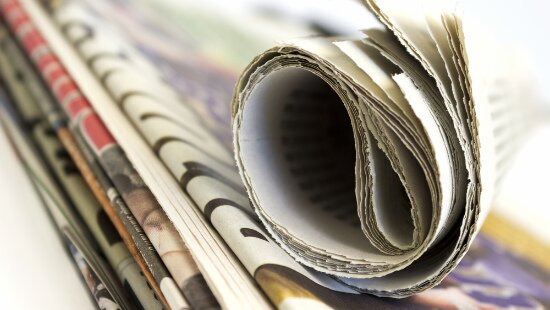Are bottled green tea drinks just another innovation in soft drinks? Or is there more to it than meets the eye?
In the wake of recent reports from the mainland that some bottled tea beverages contained less than 1/30 of the standard required of an ingredient tea polyphenols (a health indicator), the Consumer Council has put to test a total of 30 samples of bottled green tea drinks available to consumers in the market.
Besides the content of tea polyphenols, the test aimed also to measure the quantity of total sugars, sucrose, and the two preservatives benzoic acid and sorbic acid in these drinks.
The test found between 0.04% and 0.17% of tea polyphenols among the samples, which are in compliance with the requirement of the mainland's industrial standard (QB 2499-2000). In the majority of samples (25), the tea polyphenol content was below 0.1%.
By comparison, however, the tea polyphenols in bottled drinks, in most probabilities, will be less than what consumers could get by brewing their own tea.
As an illustration, for instance, a cup of tea (brewed with a tea bag of 2 gm in 100 ml of water) could yield as much as 0.20% of tea polyphenols (in 3 minutes) and up to 0.27% (in 10 minutes).
In common with most soft drinks, many bottled green tea drinks are added with sugar. In the test, 14 of the 30 samples were detected to contain sugar ranging from 0.4% to 9.2% - generally consistent with the claimed sugar content on their label.
In the case of the sample (500 ml) with the highest sugar content (9.2%), its calorie content may exceed even that of a can (355 ml) of coke.
So, watch out for the intake of sugar while imbibing your favourite bottled tea drink.
The test showed that various claims were used to indicate their sugar content to consumers: 6 samples were found to bear claims of "sugar-free" or "no sugar", 4 of "low sugar", and 1 of "little sweet".
Currently, there is no definition governing the use of "low sugar" claim. In the test, samples bearing such claims were detected to contain from a minimum of 4.0% to 4.6%, with one sample undetected.
By contrast, among the samples without any claim on their sugar content, only 3 contained a level higher than 4.0%.
One of the sample labeled "low sugar" was found to fail to specify the amount of sugar it contained. The case has been referred to the Food and Environmental Hygiene Department for follow-up action under the labelling requirement of the Food and Drugs (Composition and Labelling) Regulations.
No preservatives of benzoic acid and sorbic acid were detected in the samples.
The Consumer Council reserves all its right (including copyright) in respect of CHOICE Magazine and Online CHOICE ( https://echoice.consumer.org.hk/ ).



